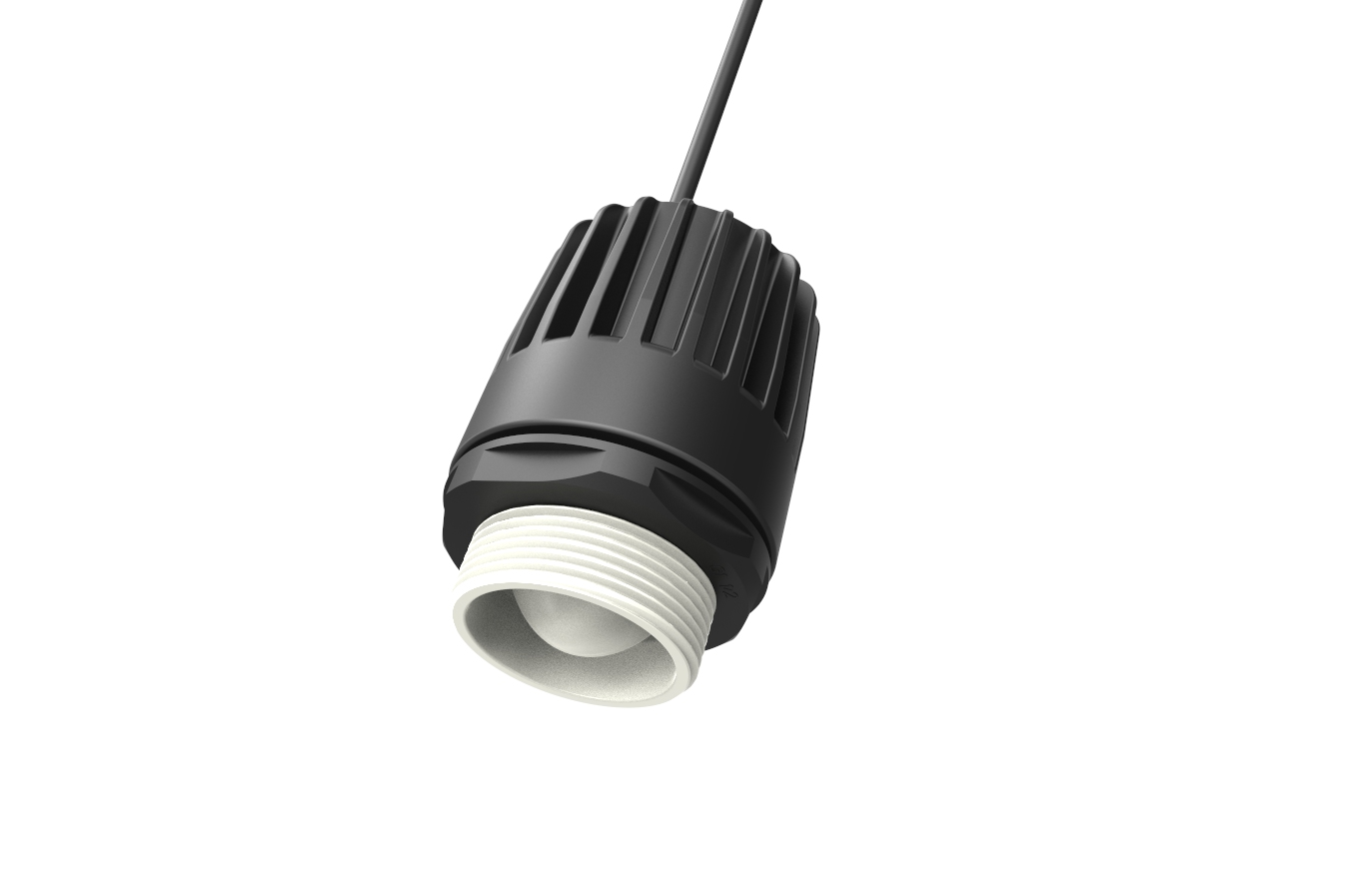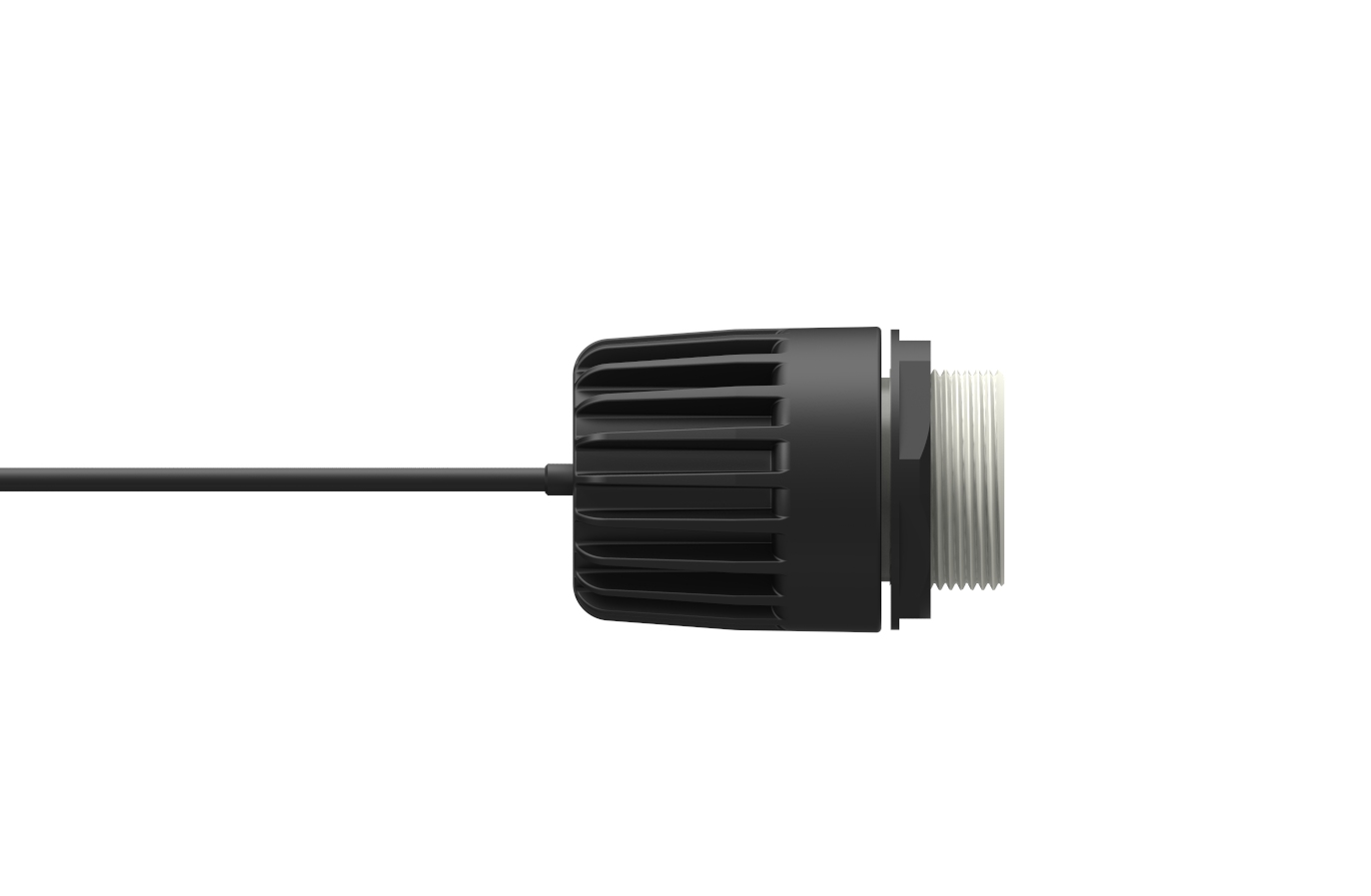In the realm of industrial automation and smart sensing, the radar distance sensor stands as a beacon of innovation, offering unparalleled accuracy and reliability in measuring distances across various applications. Luda Technology (Shenzhen) Co., Ltd., a pioneering force in the field since its inception in 2016, has been at the forefront of this technological revolution, harnessing the power of millimeter-wave radar technology to develop cutting-edge radar distance sensors.
The Evolution of Radar Distance Sensors
The journey of the radar distance sensor began with the need for a robust, versatile, and accurate measurement tool. Traditional methods often fell short in challenging environments where factors like dust, moisture, and temperature extremes could distort readings. Luda Technology recognized this gap and embarked on a mission to innovate. By specializing in the design and development of radar distance sensors across a spectrum of frequencies—24GHz, 77GHz, 80GHz, and 120GHz—the company has created a diverse portfolio that caters to a multitude of industries.

The Science Behind Radar Distance Sensors
At the heart of every radar distance sensor lies the principle of radio wave propagation and reflection. These sensors emit radio waves that, upon encountering an object, bounce back to the sensor. The time taken for this round trip is precisely measured, allowing the calculation of the distance to the object with high precision. Luda Technology's expertise in fine-tuning this process has resulted in radar distance sensors that are not only accurate but also highly responsive to even the slightest changes in distance.
Applications of Radar Distance Sensors
The versatility of radar distance sensors is evident in their widespread applications. In the automotive industry, they are integral to adaptive cruise control and collision avoidance systems. In the realm of industrial automation, they ensure the precision of robotic movements and the efficiency of assembly lines. Luda Technology's radar distance sensors also excel in environmental monitoring, providing data for air quality control systems and helping to maintain optimal conditions in various settings.
Overcoming Environmental Challenges
One of the significant advantages of radar distance sensors is their resilience in harsh environments. Unlike their counterparts, such as ultrasonic or laser sensors, radar distance sensors are unaffected by environmental factors like dust, rain, and fog. Luda Technology's commitment to research and development has led to sensors that maintain their performance even in the most demanding conditions, making them a reliable choice for industries operating in extreme environments.

Innovations in Radar Technology
Luda Technology's dedication to innovation is evident in their continuous pursuit of improving radar distance sensor technology. With a team of high-level scientific research talents and a strong foundation in professional radar industry knowledge, the company has amassed an impressive portfolio of patents and software copyrights. These innovations not only enhance the capabilities of radar distance sensors but also push the boundaries of what is possible in the field of smart sensing.
The Road Ahead for Radar Distance Sensors
As technology advances, so does the potential for radar distance sensors. Luda Technology is not just keeping pace with these advancements but is actively shaping the future. The company's focus on developing sensors that are smarter, more efficient, and more integrated into the fabric of smart systems is setting new standards in the industry. With the Internet of Things (IoT) and Industry 4.0 on the horizon, the role of radar distance sensors is poised to become even more integral to the way we live and work.
Conclusion
The radar distance sensor is more than just a tool for measurement; it is a symbol of progress and a testament to human ingenuity. Luda Technology (Shenzhen) Co., Ltd. stands as a beacon of this progress, leading the way with their innovative solutions and unwavering commitment to excellence. As the company continues to push the envelope, the radar distance sensor will undoubtedly remain a cornerstone of precision measurement, paving the way for a smarter, more connected world.
Luda
ruda@mwradar.com



More Stories
Maximizing Efficiency and Precision with Horizontal Machining Centers
Mini Single Screw Extruder: Precision Engineering and High-Performance Application Guide
How a laser wire marking machine Enhances Identification Accuracy in Modern Cable Manufacturing